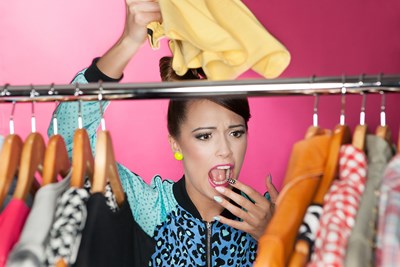Keeping your home clean and tidy is one of your top priorities as an adult, but you don’t want to sacrifice your health or the condition of your home to achieve that goal. Some household products should never be used because of the health problems they can cause, and other cleaners should only be used on certain surfaces as to not cause damage. Always be sure to read the labels on all of your household cleaners before you start using them. Here are seven cleaners you should handle with care.
- Lysol Lemon-Scented All-Purpose Cleaner
Any lemon-scented cleaner can be damaging to your household surfaces because of the acid they contain. Lemon is unfortunately a popular scent in cleaners, dish detergents, and more, but unless you want your silverware or countertops to be potentially eaten away by acid, choose a different scent. - Lysol Disinfectant Power Toilet Bowl Cleaner with Lime & Rust Remover
Even the packaging says, “Harmful or fatal if swallowed,” so that should be your first red flag. This product can also potentially cause irreversible eye damage if it comes in contact with your eye. Trust us, the “power” of this cleaner isn’t worth sacrificing your health. The regular Lysol toilet bowl works fine. - Ajax, Fab, and Dynamo Laundry Detergents
These laundry detergents aren’t quite as popular as Tide and Gain, but many people do use them, not knowing that they contain formaldehyde. Formaldehyde is a known carcinogen and allergy and asthma inducer, so it’s best to avoid washing any of your clothes with these three brands to reduce you and your family’s risk of illness. - Scrubbing Bubbles Bathroom Cleaner
This product contains up to 10% DEGBE, also known as butoxydiglycol. Products with over 3% of this chemical have been banned in the European Union, but not yet in the United States. DEGBE has been known to cause lung irritation and inflammation, especially in those who already have lung issues, such as asthma or COPD. Check the label of bathroom cleaners and choose one that doesn’t contain this compound, such as Kaboom. - Mr. Clean Magic Eraser
Thousands of people swear by this product, and it does work wonderfully on surfaces such as countertops, bathtubs, and sinks. Yet, if you attempt to use this product on a painted surface, like the wall that your toddler decided to turn into a mural, it may work a little too well and take the paint off along with the crayon. It is also not recommended for use on polished surfaces, like wood coffee tables or dining tables. Instead, try to get the stains off with soapy water or a gentle all-purpose cleaner. - Windex Multi-Surface Cleaner
If you ever watched My Big Fat Greek Wedding, you may be under the impression that Windex fixes everything from bug bites to streaky windows, but that’s not entirely correct. Windex is generally regarded as safe for most surfaces, but it should not be used to clean plexiglass or wood surfaces as it will damage the finish. Instead use soapy water to clean plexiglass and Pledge to clean wood. - Clorox Bleach
Bleach can be your dream disinfectant or stain remover, but it can also be your worst nightmare. Never, ever combine bleach with ammonia when cleaning because it will release highly toxic fumes. Stick with an ammonia-free cleaner instead. Only use bleach to remove stains on white clothing, and don’t put that bleached white clothing in the washer with other clothes because it could end up bleaching your colored clothes as well.



